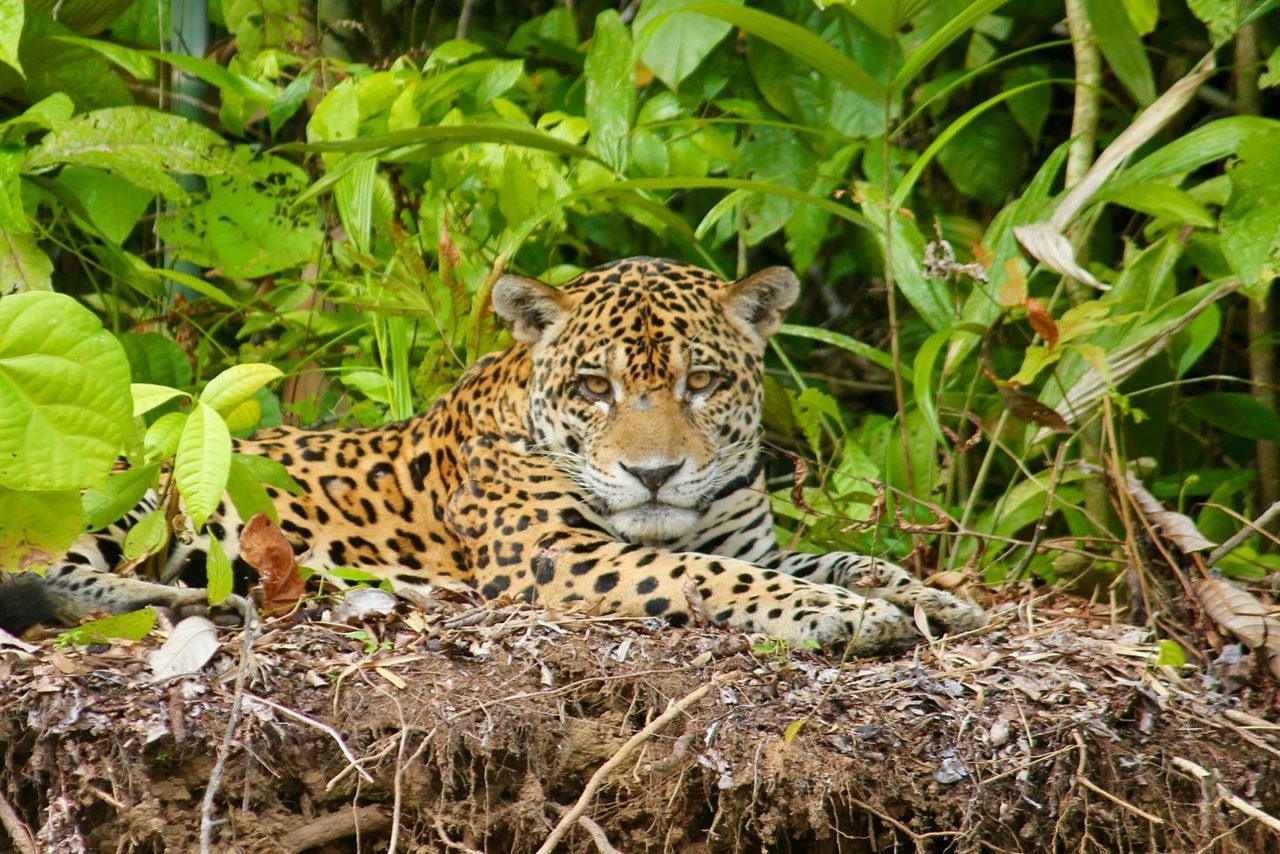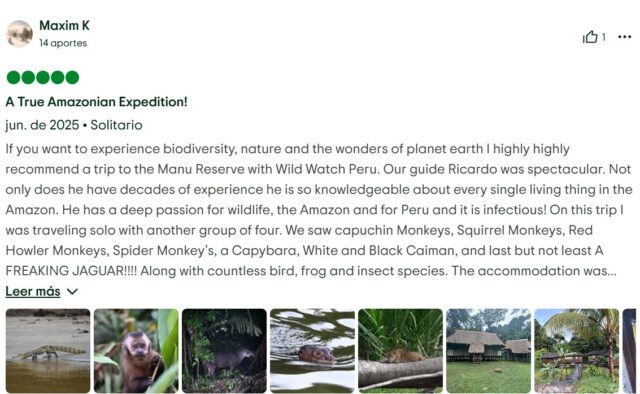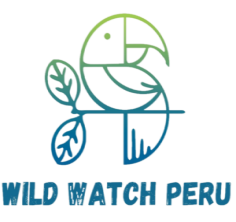Manu or Tambopata for Week Jungle Tour?
2026’s Smart Choice
Choose Manu National Park for a 6–7 day jungle tour thanks to its Andes-to-Amazon diversity, fewer crowds, and 2025’s higher jaguar reports. Choose Tambopata for shorter 3–4 day trips with easy access and spectacular macaw clay licks; longer Tambopata stays can feel repetitive due to reserve regulations and single-lodge logistics.
If you’re considering Manu National Park or Tambopata, remember the unique experiences each offers.
Choosing between Manu National Park or Tambopata is essential for your adventure.
Why this decision matters If you’re weighing “Manu National Park or Tambopata for Week Jungle Tour,” you’re deciding between two excellent but very different Amazon experiences. With a full week, Manu’s depth and variety typically deliver a richer wildlife journey. Tambopata shines for quick-entry trips and comfort-forward lodges—ideal when you have just a few days.
Ultimately, the choice between Manu National Park or Tambopata can shape your entire jungle journey.
2025 Wildlife Update: Jaguars
- Manu National Park: So far in 2025, officially reported jaguar sightings in Manu’s Reserved Zone exceed those in Tambopata, according to the Limonal Survey and Park Administration. Sightings are never guaranteed, but the trend favors Manu this season.
- Tambopata: Jaguars occur but with fewer reports than Manu in 2025.
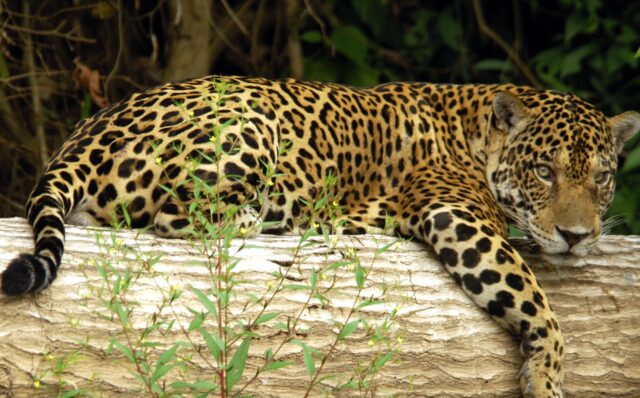
Why Manu wins a week?
When deliberating Manu National Park or Tambopata, think about the wildlife you wish to encounter.
-
- True Andes-to-Amazon journey: Start in the high Andes, drift through cloud forest, and boat deep into lowland rainforest. The habitat changes every day—and so do the species you see.
- Biodiversity and behavior: Multiple monkey species, giant river otters, tapirs, caimans, capybaras, and exceptional birding—from cloud-forest quetzals to lowland macaws.
- Wilderness feel: Manu remains one of Peru’s most isolated parks. Portions of the region are home to uncontacted Indigenous peoples; strict no-contact rules and regulated routes protect them and preserve Manu’s pristine character.
Thus, if you’re torn between Manu National Park or Tambopata, consider your travel preferences.
- Worth the travel: Yes, the road-and-river approach takes longer—but that’s exactly why it’s quieter, wilder, and more rewarding over 6–7 days.
Where Tambopata excels—and where it doesn’t
An adventure in Manu National Park or Tambopata promises unforgettable memories.
- Best for 3–4 day getaways: Fly into Puerto Maldonado, transfer by road and boat, and you can be watching wildlife the same afternoon. Dawn macaw clay licks, canopy towers, and oxbow lakes pack a lot into a short stay.
- Why longer Tambopata tours can feel repetitive: Due to Tambopata National Reserve regulations and lodge locations, most visitors remain anchored to a single lodge zone, repeating similar trails, lake outings, and clay lick visits. Going much deeper is limited, so 5–7 day itineraries often loop familiar activities rather than expanding into new habitats.
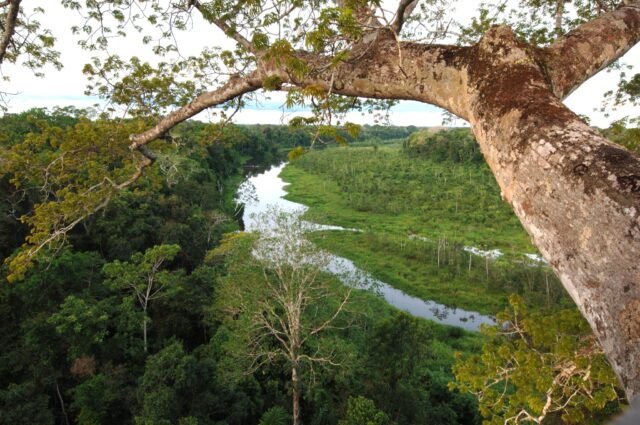
Manu vs. Tambopata: head-to-head
Access and travel time
- Manu: Overland from Cusco across the Andes into cloud forest (full day), then boat into the lowland rainforest. Longer transfers, bigger payoff.
- Tambopata: Fastest access. Fly to Puerto Maldonado, short transfers to a lodge, and start exploring immediately.
Best trip length
- Manu: 6–7 days is the sweet spot for a full Andes-to-Amazon arc and multiple dawn/night outings.
- Tambopata: 3–4 days shine. Beyond 4 days, activities commonly repeat and logistics keep you in one zone.
Habitats and Wildlife
The adventure you choose, Manu National Park or Tambopata, will depend on your interests.
- Manu: Highlands, cloud forest, terra firme rainforest, oxbow lakes—wider habitat range, more varied species over a week.
- Tambopata: Classic lowland rainforest with standout clay licks and reliable lake wildlife.
Activities and Pace
- Manu: Balanced boat-and-foot exploration—forest hikes, paddle canoes, dawn birding, night walks, river runs, longer boat excursions.
- Tambopata: High-impact, short-format experiences—clay licks, canopy towers, lakes, night boat rides.
Lodges and comfort
- Manu: Simple-to-comfortable remote lodges with solar pannels, wifi , hot showers and mosquito nets; intimate, nature-first feel.
- Tambopata: Broad range from value to upscale eco-lodges with family amenities and shorter daily travel.
Crowds and feel
-
- Manu: Fewer people, deeper wilderness, longer quiet spells with wildlife.
- Tambopata: More visitors overall; peak-time clay lick viewing can feel busier.
For those deciding between Manu National Park or Tambopata, remember the distinct qualities of each location.

Itinerary Snapshots
Manu National Park (6–7 days)
- Day 1: Cusco to cloud forest—scenic Andean crossings, birding stops; overnight in cloud forest or foothill forest.
- Day 2: Cloud forest or Foothill to lowland rainforest—descend to the Madre de Dios/Manu River; boat to lodge.
- Days 3–5: Deep rainforest—trail walks, oxbow lakes by paddle canoe for giant river otters, river birding, night walks for caimans and frogs.
- Day 6: Begin the return—morning wildlife, then boat and road back to the cloud forest/highlands.
- Day 7: Scenic drive to Cusco.
Tambopata (3–4 days)
- Day 1: Fly to Puerto Maldonado; boat to lodge; sunset river cruise and night walk.
- Day 2: Dawn macaw clay lick; canopy tower; forest trails; night boat for caimans.
- Day 3: Oxbow lake for giant river otters, hoatzin, and herons; afternoon trail or second tower visit.
- Optional Day 4: Specialized birding or a second clay lick. Note: Longer stays typically repeat activities due to reserve access limits.
When to go?
- Dry season (May–October): Best trail conditions and visibility; cooler nights, fewer mosquitoes. These months are advisable for both locations.
Responsible context in Manu
- Manu includes territories of uncontacted Indigenous peoples. Tours follow strict no-contact policies and regulated routes for everyone’s safety and dignity. This remoteness is a key reason Manu remains so pristine.
How to choose an operator?
- Small groups and licensed naturalist guides
- Ethical wildlife practices and clear conservation policies
- Transparent itineraries and inclusions
- Strong safety culture (first-aid, WIFI)
- Consistent, recent reviews
Suggested Tour Programs for Manu National Park
FAQS:
- Which is better for a 6–7 day tour? Manu National Park—deeper wilderness, Andes-to-Amazon variety, and 2025’s stronger jaguar reports (per Limonal Survey and Park Administration).
- Which is easier to reach? Tambopata (fly to Puerto Maldonado, short transfers).
- Will I see a jaguar? Never guaranteed anywhere. In 2025, Manu has more official reports than Tambopata.
- Is Manu safe? Yes, with reputable guides and adherence to park rules. Travel respects strict non-contact policies regarding uncontacted Indigenous peoples.
- Is Tambopata better for families? Often yes—shorter transfers and amenity-rich lodges. Manu suits patient, nature-loving families comfortable with longer travel days.
Conclusions
Choose Manu National Park. Over a week, Manu’s Andes-to-Amazon variety, fewer crowds, and deeper wilderness usually deliver more diverse wildlife encounters. Give yourself time, go with expert guides, and let the rainforest set the pace—the Amazon will do the rest.!
- Choose Manu if:
- You want maximum biodiversity and a true Andes-to-Amazon journey
- You prefer wilder, quieter reserves with fewer crowds
- You have 6–7 days and don’t mind longer travel days
- You’re excited by 2025’s stronger jaguar reports (still never guaranteed)
Choose Tambopata if:
- You want easy access and comfortable lodges with shorter transfers
- You’re focused on macaw clay licks and classic lowland rainforest
- You have 3 or 4 days or are traveling with kids

